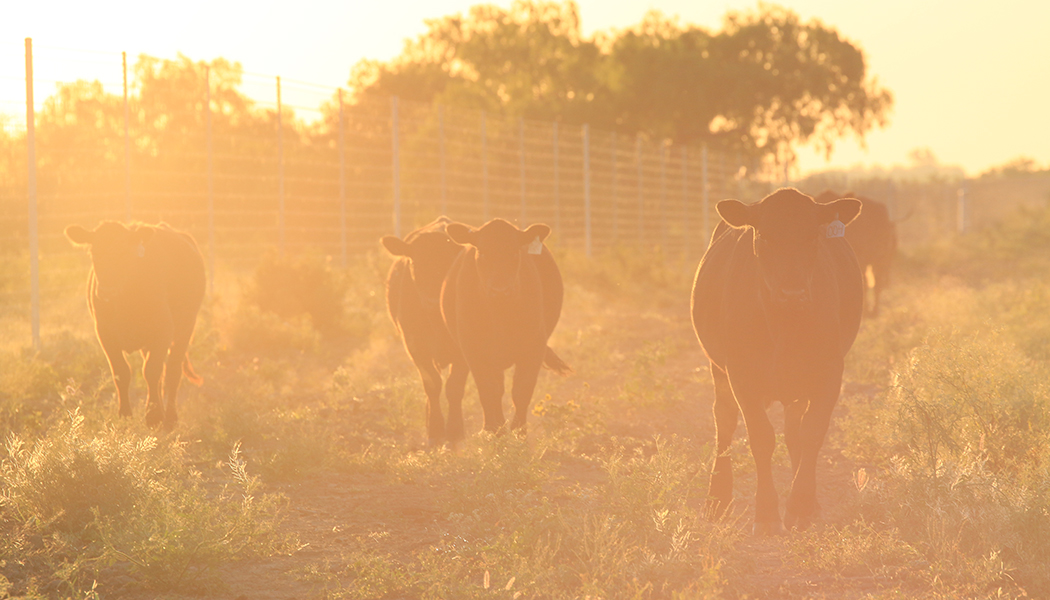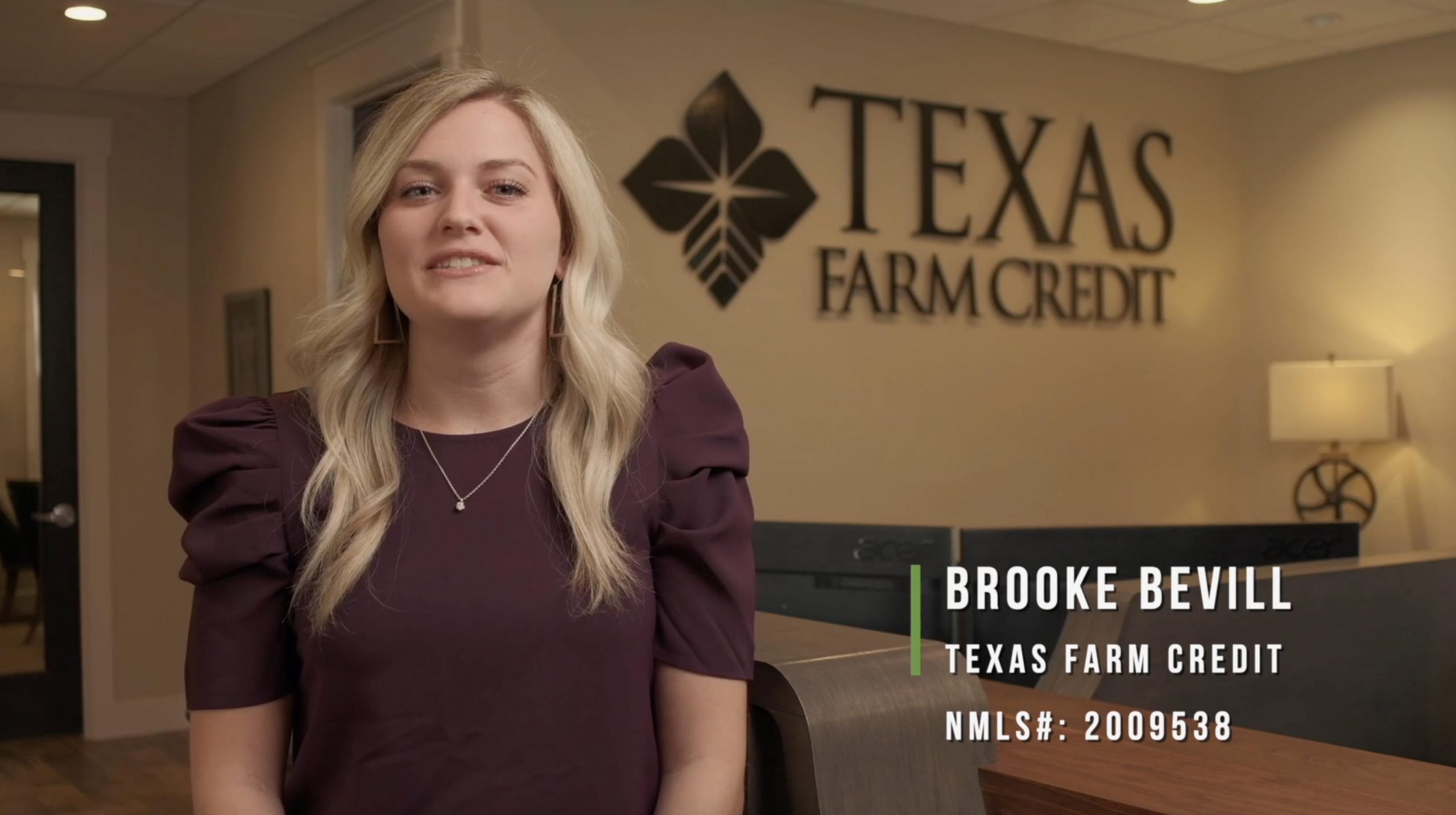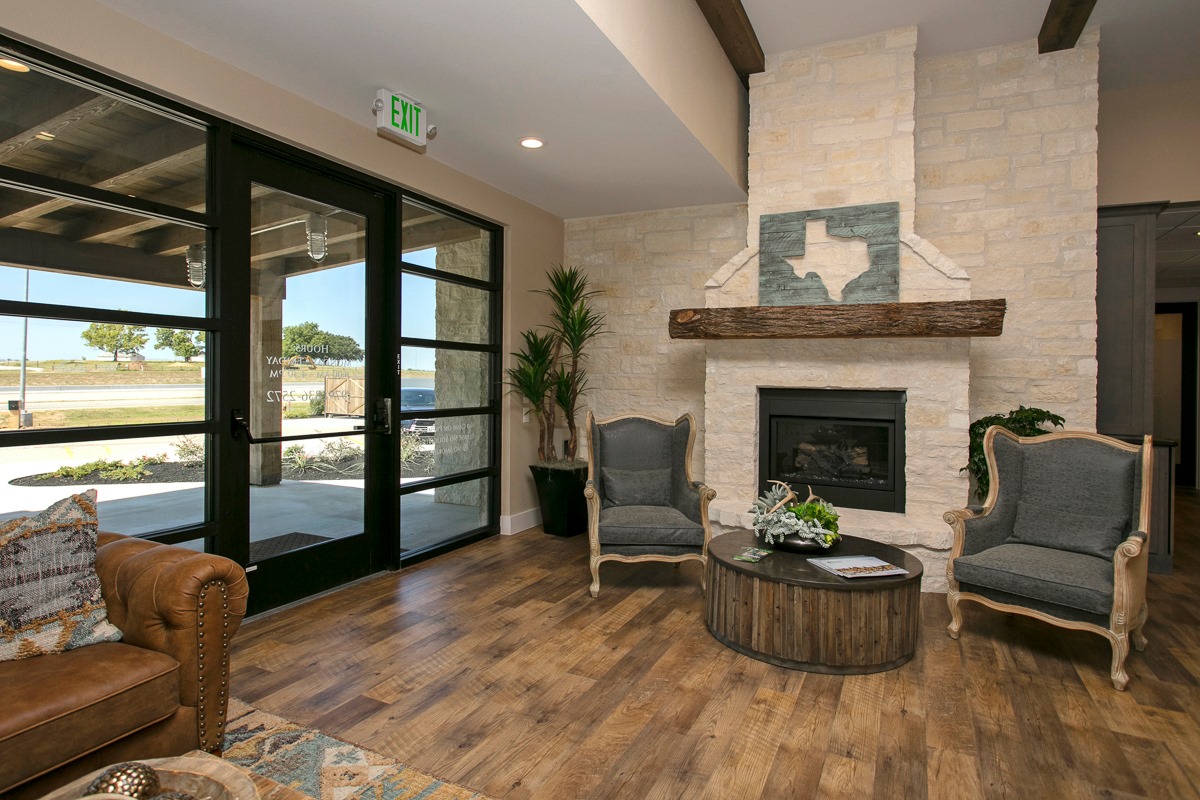December 14, 2020 |Construction Loans, Mortgages

Build Your Country Living Dreams
Living in the country provides endless opportunities. You can purchase livestock, plant crops or just sit outside on a cool summer night and hear the crickets chirp.
If you’re ready to start building a country life with a new construction project, we can help. This guide will walk you through the five most important steps to planning and financing your home construction. Our local experts understand the unique lending needs associated with country properties, including non-conforming properties, extra acreage and additional buildings.
Texas Farm Credit Offers
- Construction financing for homes (including stick built, modular, barndominiums or log homes) and additions or renovations to an existing residence
- One-time construction loans, fixed rate, up to 30-year financing
- Minimum of 5 acres of cleared land and every acre is fully valued
- Favorable fixed long term interest rates
- Financing available for unique properties or outbuildings
1. Location
It’s the most important factor whenever you buy real estate. Consider what your needs are now and what they will be 10 years from now. As your family grows, will the location help or hinder your family’s ability to enjoy the property? If you choose a rural location, how much infrastructure might you require to meet your needs (access to major interstates, schools, shopping, healthcare, etc.)?
Other location factors to consider when choosing a home site:
- Available amenities: Consider availability and cost to add required utilities such as sewer/septic, gas, well, water, etc.
- Perc test results: If you intend to use a septic system, the soil at the home site must have a suitable absorption rate to support a septic system.
- Special assessments: Be aware of charges levied against certain home sites, such as installation of water or sewer lines, street lighting, police and fire protection or other special services.
- Zoning limitations: Research zoning restrictions on minimum setbacks, limits on size or existence of accessory buildings, home size or usage.
- Noise concerns: Identify any source of potentially undesirable noise, such as a train track, busy freeway, concert venue, fire department, etc.
- Surveys: If you’re not sure about the property’s boundaries or access, spend the money for a survey. It’s the only way to be sure of exactly what you own.
- Flood zone: Is the property in a flood zone? A flood zone will determine how much flood insurance will cost and whether or not it is mandatory to carry flood insurance.
2. Planning
Once you’ve found the ideal site for your future home, the next step is planning the construction.
Choose a reputable builder.
There are many options for home construction and many different builders. Some builders offer turnkey contracts, while others offer contracts that are more open to interpretation. Contracts that don’t address all aspects of construction can create additional costs and headaches during construction, especially if some items weren’t considered upfront.
Ask questions.
- How many years have you been in business?
- May I see a copy of your insurance certificate?
- How long do you expect the construction process to take?
- How many different jobs do you typically work on at the same time?
- Who will be responsible for securing the required permits?
- Who will be in charge of clean up at the end of each day?
- How do you typically structure your draw schedule?
- How do you handle any construction contract changes?
- What is included in the base cost of my construction contract? What is considered an upgrade?
- Can you share references with me? Can I tour a few of your completed homes?
3. Financing
After selecting your contractor, the next step is securing financing for your project. Texas Farm Credit offers a one-time close construction loan where you start paying on your mortgage after closing, avoiding a second closing upon home completion and more closing costs. A one-time close can save you time and money compared to a traditional two-time close construction loan.
One Close Construction Loans.
- 12-month construction period with interest only payments based on the amount drew plus principle
- Fixed rate mortgage (up to 30 years)
- Smaller payments during construction to free up cash for any unexpected expenses
- Start paying on the principle balance from day one
What can you afford?
When considering your construction budget, consider the following questions.
- What is the most you would be comfortable with as your monthly payment?
- If applicable, do you have the cash reserves to make two house payments?
Personal information:
- Signed, completed application
- Authorization to release information form
- Valid photo identification
- Income verification
- Pay stubs for a one month period within 30 days of application
- W-2s or Federal Tax Returns for the last two years
- Self-employment or commission-based jobs may require additional documentation
- Verification of significant assets for funds needed to cover closing costs or debts not on your credit report
Property information:
- Final construction contract, including building plans and specifications
- Bids
- Legal description of property
- Survey (if applicable)
- Purchase contract, if applicable
*additional information may be required
4. Appraisal
An appraisal is required prior to loan closing to ensure the completed home is worth the value of the loan. Appraisals are standard practice for lenders to ensure the value of the loan’s collateral (in this case, your new home). Texas Farm Credit will order an appraisal to estimate the future value of the home once the project blueprints and building specs are finalized.
Items Needed for Appraisal
- Final construction contract
- Dwelling specifications – provides the intricate details of the home construction
- Property information – legal description, survey and/or deed
- An address if no address on the land currently
*additional information may be required
5. Closing/Draw Process
Closing
After all documents are reviewed, Texas Farm Credit will schedule a closing date. Texas Farm Credit will need evidence of Builder’s Risk Insurance to cover the construction period prior to closing. Insurance protects you against theft, fire, weather-damage or vandalism of materials on your property.
After closing, Texas Farm Credit will help manage disbursements with your contractor and schedule on-site inspections as needed. Fast disbursements and personal knowledge of the project help ensure construction is completed on time.
Typical Draw Schedule
- Footer and cellar walls are complete. Up to 15% of the project
- Rough framing, roof shingled, doors and windows installed. Up to 25% of the project
- Interior framing, rough in plumbing and wiring. Up to 15% of the project
- Insulation complete and drywall hung. Up to 15% of the project
- Kitchen installation, wiring and plumbing complete. Up to 20% of the project
- Project complete. Retain at least 5% – 10% or more for final payment
- Pay smaller contractors (excavator, well-driller, etc.) via presentation of final bill
* Inspection ordered when 25% / 50% / 75% / 100% of funds are drawn
Frequently Asked Question
Estimating the cost to build a house involves many variables such as the size of the home, the type of construction materials, and the location. The cost of building a home in Texas isn’t much different from national averages of $110 – $150 per square foot.

Have Questions?
Contact us to get more information beyond this article, or to let us know what else you’d like us to feature in the Resource Center!
Let’s Connect




